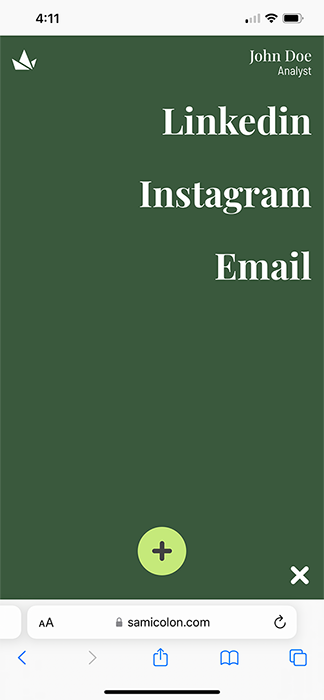Background
During the pandemic, networking events came to a halt and the general public were less likely to receive or take a printed business card from a stranger in fear of catching COVID. According to the data from MOO and VistaPrint, two business card industry giants, traditional business card sales dropped by 70% during this time. The usage of digital business cards became an uprising trend, and quality digital business card services are provided by several well established digital business card solutions such as OVOU and Wavecnct. In addition to the service they provided, we explored some different ideas to build upon the foundation.
As the sole designer on this project, I was responsible for product, marketing and design strategy and worked closely with the developer to bring our vision to brand recognition. Here are some achievements from being a part of this journey:
1) Adding exposure to web development. Aside from the typical design process, I took on the role of a front-end developer to develop Webflow prototype to test the interactivity of the product with smartphones.
2) Understanding back-end development. By working closely with a developer, I was able to comprehend the back-end development, which I was not familiar prior to this project.
3) Gained skills related to industry research and analyze. Using SWOT research method to evaluate the strength, weakness, opportunity and threat for the digital business card industry, which gave me a solid foundation to have a precise perspective.










